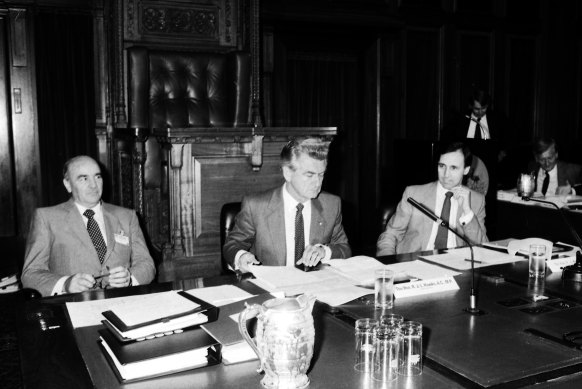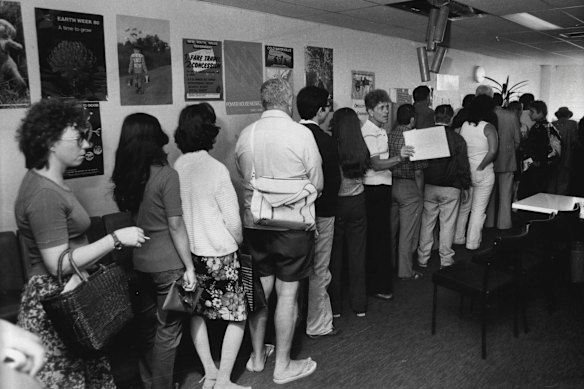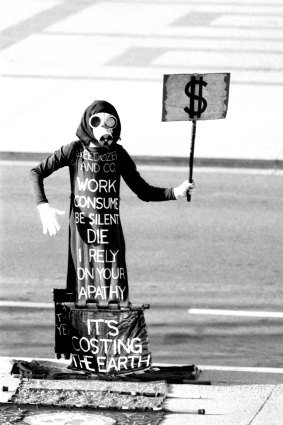By Shane Wright
Bob Hawke often said his 1983 national economic summit set the platform for his years of electoral and economic success.
Anthony Albanese is hoping for the same type of success from his own job summit even though its ambitions are much more modest.
The 1983 meeting of businessmen (they were almost all men), unionists, welfare groups, churches and state premiers was held just weeks after Labor swept the Fraser government from office.

Bob Hawke and Paul Keating at the national economic summit in Canberra in 1983.Credit: Fairfax
Dismissed by its Coalition critics as nothing more than a talkfest, it was held at a time of immense economic turmoil.
Australia was in the midst of a deep recession with unemployment at 10 per cent and inflation more than 11 per cent. Over a two-year period culminating in July 1983, the number of Australians officially out of work more than doubled.
NSW premier Neville Wran noted in his address to the meeting he was not expecting extraordinary success.
“None of us came along here expecting miracles. As I understand, that’s the preserve of the Lord and the Prime Minister,” he said to generous laughter.

A food kitchen queue in Sydney in 1983, when unemployment doubled, Credit: Fairfax Media
The summit, however, did set an important template for the Hawke government, for unions, for business groups and the broader population.
Hawke’s desire for consensus - in this case, between workers and business - came to the fore and would remain there during his term in office.
Unions realised the folly of ongoing demands for huge pay rises way ahead of inflation. Business groups eventually accepted they could no long support the closeted Australian economy of the period.
Issues around productivity and tax were kickstarted by the conference, reverberating through the rest of the decade.
Three decades on, most of the economic issues facing Australia are different. The nation has almost run out of spare workers and inflation is forcing the Reserve Bank to lift interest rates. But a problem of the early 1980s - low productivity growth - is back.
One of the Albanese’s key election campaign promises was to govern differently to the Coalition. More working together, less wedging opponents.
He has played that out on the international stage over recent weeks. Now he is seeking to do that on an economic platform.
Unlike Hawke, though, the parameters of the summit are relatively narrow. “Keeping unemployment low and boosting productivity” should be core government business.

A protester attending the 1983 Economic Summit. Credit: Fairfax Photographic
In other areas, it has broadened. Focusing on jobs in renewable energy and ensuring women have “equal opportunities and equal pay” reflects how much the country has changed since 1983.
Hawke gathered a disparate group for his summit. Controversial union leader Norm Gallagher shared space with captains of industry such as Rod Carnegie and Peter Abeles.
Albanese is narrowing his summit to about 100 people. If the Albanese summit is to succeed, given the policy failures of the past decade, different voices need to be aired while concessions will have to be made by those who have had the ear of recent governments.
The new government has to bring those views together into a policy agenda. And then turn that agenda into reform.
Hawke’s summit ended in a round of applause with just one person - Queensland premier Joh Bjelke-Petersen - refusing to endorse its communique. If Albanese could get away with just one angry voice at the end of his meeting, it would be a small miracle.
Cut through the noise of federal politics with news, views and expert analysis from Jacqueline Maley. Subscribers can sign up to our weekly Inside Politics newsletter here.